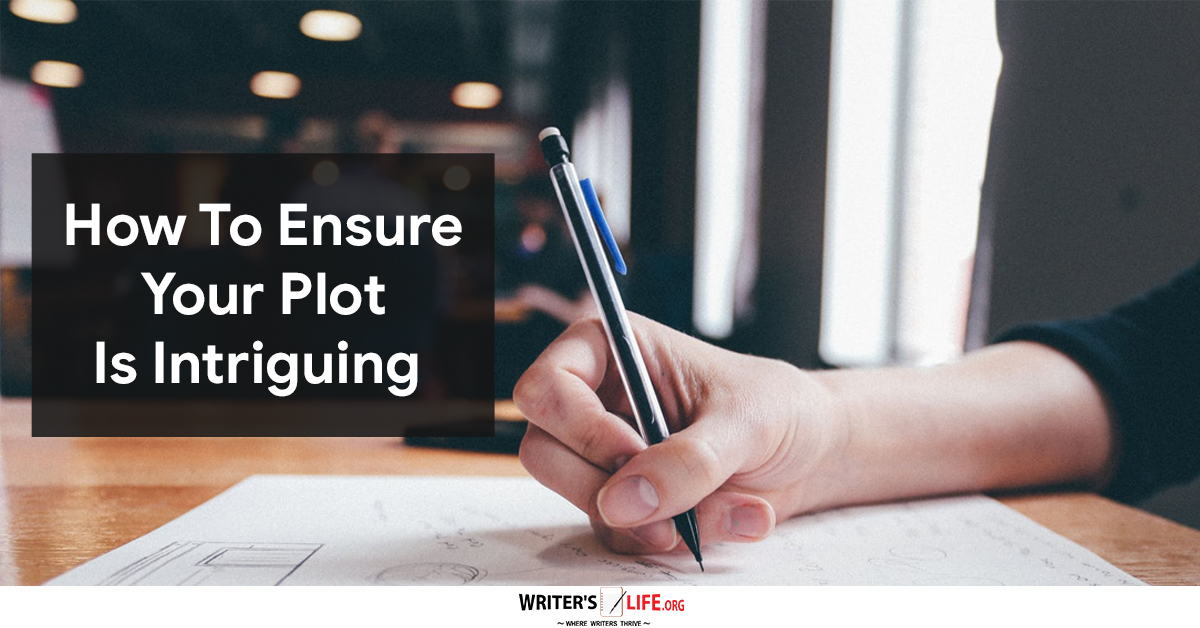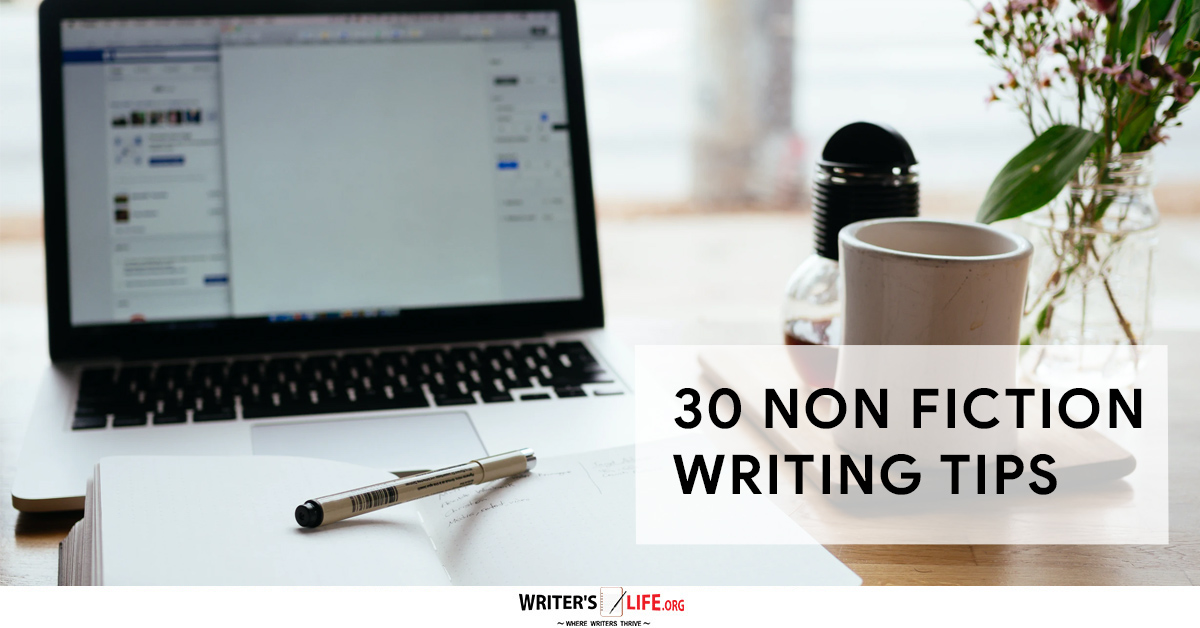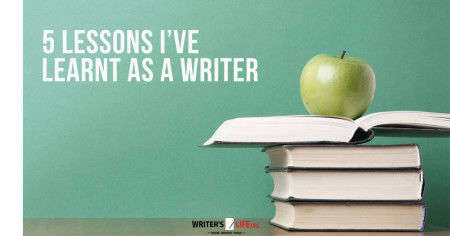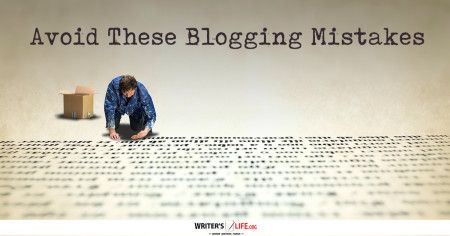- How To Tackle Jealousy In Creative Writing
- Common Submission Mistakes
- How To Stop Your Blog Becoming Boring
- The One Thing Every Successful Writer Has In Common
- How To Make Yourself Aware Of Publishing Scams
- Why Almost ALL Writers Make These Grammar Mistakes At Some Point
- 5 Tips For Authors On How To Deal With Rejection
- Top Mistakes to Avoid When Writing a Novel
- How to Avoid Common New Writer Mistakes
- 10 Mistakes New Fiction Writers Make
Writing With Every Sense But What You See
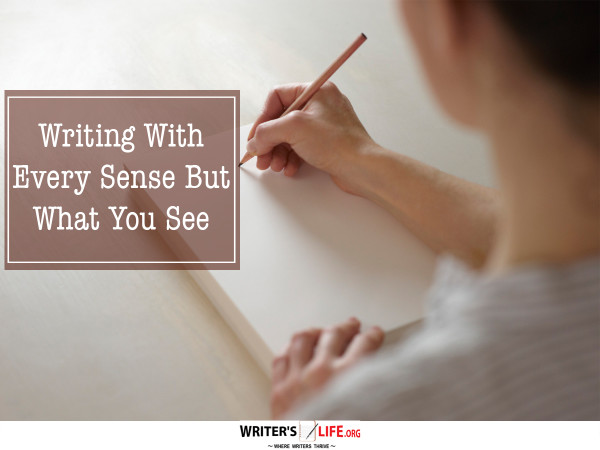
Share, Pin or Retweet if you love writing!
The smell of incense is thick and heady, mingling with the hours-old scent of burnt toast. Outside, it’s quiet except for the shrill yap of a dog or the rogue shriek of a child’s laugh. Inside, it’s cold – numb fingers tapping away at smooth, overused keys. The aftertaste of coffee lingers in my mouth, simultaneously bitter and sweet.
What did you notice about this paragraph?
Yep, that’s right, I used all of the senses except sight.
Now, even though I didn’t describe any physical attributes to you, I bet that these words have conjured up a picture in your mind anyway.
Maybe you’ve been transported back to your musty old student room where you burnt incense day and night, or maybe you’re imagining a cosy old coffee shop, filled with the warming scent of hot drinks.
Showing not telling is a common tip amongst writers, but what does that even mean?
For me it means exposing the reader to a scene via their emotions and sensory organs. It’s transporting them to a specific moment and dropping them right into the middle of it. It’s creating a three-dimensional setting rather than just giving a rundown of what’s visible in the immediate surroundings.
I’m a travel writer by day, which means I spend countless hours weaving words about other places – anything from big, busy cities to sprawling, white-sand beaches.
It’s easy to describe a place at face value, but travel writing is all about inspiring people to get out there and explore the world.
The best way to do this? By encouraging them to imagine they’re already there, of course!
How do you do this? Engage all the senses… except sight. You will notice that a lot of the bestsellers on Amazon have this ability to engage the reader into the minds of their main character. If you want to learn more about how the art of engaging the reader you might want to CLICK HERE to check out our online Webinar called “How to Get Published, Sell Books & Attract Tens of Thousands of Readers by Selling Your Content on Amazon’s Kindle.” In this affordable, educational and practical webinar you will learn the techniques that great writers use to become authors that readers are addicted to and buy from again and again.
Why Should You Use All the Senses… Except Sight?
Ultimately, writing is simply a cluster of words on a page. It doesn’t have a deep, aesthetic quality like a painting so, as writers, we have to engage the reader’s senses and encourage them to paint a picture in their mind.
When writing, you want the reader to be able to imagine an entire scene coming to life simply through your words.
But we don’t want them to just imagine it—oh, no—we want them to feel like they’re actually there in the midst of the action. How?
Well, our memories are tapped into our senses and a trigger of these senses brings whole scenarios rushing back into our minds.
Think about it this way: how many times have you not been able to describe how a place made you feel but you can vividly remember the smell and the sounds? How many times has a fleeting smell jogged your memory but you can’t quite put your finger on where the memory took place?
It’s the same with writing.
The reader can connect their memories of smells, sounds, tastes, and touch to situations that you’ve written about, bringing them closer to the story (ergo, putting them in the middle of the action) and making it more meaningful to them.
Because that’s the ultimate aim of writing, isn’t it? To make people feel something.
Now close your eyes for a moment.
Do you notice that your other senses become more attuned? This is replicated in writing that doesn’t offer any physical descriptions. The reader’s secondary senses become stronger which allows them to fill in the gaps.
Consider these two paragraphs:
The blue sky hung overhead, light and airy and as fresh as the white canopies that shaded the grills. Long, flat fish lay limply across the bars, turning from a shiny silver to a charred brown in no time at all. Underfoot, the concrete walkway glared with the brightness of the midday sun, just a few steps from the white sand that disappeared out into the blue sea.
And now this one:
The warmth of the midday sun hung close, making clothes sticky and foreheads sweat. Nearby, the gentle lapping of the waves mingled with the chirrup of birds flying overhead and distant chatter. Someone laughed loudly, cutlery clattered, and the buttery smell of grilled fish whirled upwards on the light breeze.
What are you thinking of after that?
The first paragraph paints a fairly comprehensive picture of scene, but it feels two-dimensional, don’t you think? The second paragraph, however, encourages the reader to fill in the gaps. What kind of setting do they picture with the sound of waves and birds and the smell of grilled fish?
It’s easy to see how you can use all the senses but sight when you put two paragraphs describing the same scene together like this. Remember:
- Put yourself in the scene – what can you hear? What can you smell? Relay that information. Easy!
- Get tactile – touch objects you’re trying to describe (if you can get your hands on them) for first-hand knowledge.
- For every scene, try and drop in a descriptor for each sense.
Here’s another example, where I describe an object of interest.
The box was small and brown. On top there was a rectangular white label filled with thick black writing that had smudged at the edges. Each side was framed with sloppily applied grey parcel tape.
And:
The box had smooth surfaces interrupted with the bubbly bump of parcel tape. It was heavy to hold and smelt like musty old photographs and faraway lands. When it moved there was a soft tap, tap, tap and a low scratching sound like claws on carpet.
Which description is more intriguing?
It’s not difficult to use all the senses when writing, but sometimes we forget and find ourselves hung up on the way things look (isn’t that always the way?!). But it’s definitely a skill worth practicing so you can bring worlds to life and place your reader where they’re supposed to be – right in the centre of the action.
A good piece of writing transports the reader, and to do that you need to engage all the senses—not just sight.
Do you need intensive advice on how to be a paid freelance writer? Writers Life has come up with a product that can help you realize your career dreams and get paid! You can learn about how to make a living as a writer by taking our How to Make a Living as A Writer Course (CLICK HERE!)
This post by Lizzie Davy was originally published with the title "Why You Should Write With All the Senses...Except Sight" at http://thewritepractice.com/except-sight/.


